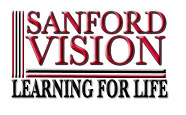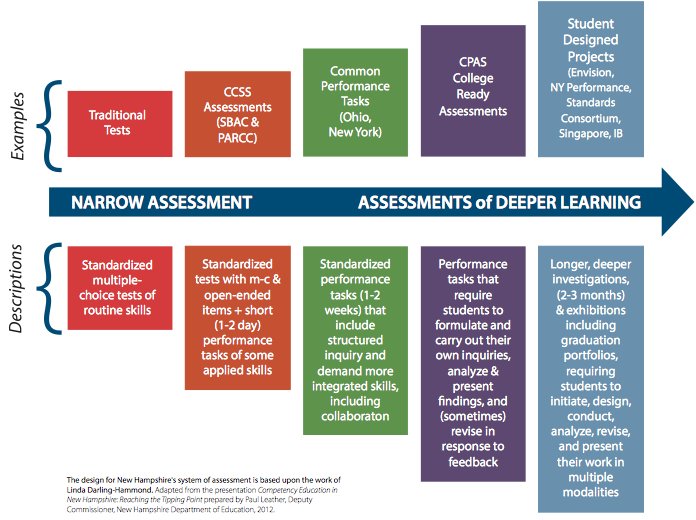It’s About Time: Lessons from Expanded Learning Time in Meriden, Conn.

This handbook was created for unions and districts who are interested in, or working towards, putting an expanded learning model into place in traditional community schools. It’s About Time provides lessons learned from Meriden, Connecticut, following the planning, design, implementation, and plans for scale of this model, detailing the collaborative efforts of the Meriden Public Schools and the… Read More ›
Sanford Vision: Learning For Life

Sanford Public Schools district website includes a detailed “vision” for every Sanford student which aligns with the Students at the Center framework. Source Organization: Sanford School Department VISIT THE RESOURCE
Student-Centered Schools Study: Closing the Opportunity Gap

The Student-Centered Schools Study, funded by the Nellie Mae Foundation, looks closely at four California high schools that use either the Linked Learning or Envision Schools model to achieve positive outcomes for all their students. These schools all serve predominately low-income students and students of color. These signature models of student-centered learning can inform efforts… Read More ›
Necessary for Success: Building Mastery of World-Class Skills

This issue brief describes competency-based systems and reforms in districts and schools from Maine to Florida, and makes suggestions for education leaders around changing policy, fostering progressive public discourse, and supporting teachers. Source Organization: CompetencyWorks VISIT THE RESOURCE
Re-Engineering Information Education Technology Design Considerations for Competency Education

This brief addresses information education technology, as it relates to competency education, detailing the classroom, district, and state-level requirements of a student-centered system. The authors of the report analyze the knowledge of what makes up an effective competency-based information system. Source Organization: CompetencyWorks VISIT THE RESOURCE
Leadership in Action: How does Proficiency-based Learning Work?

This issue brief from the New England Secondary School Consortium’s Leadership in Action series outlines how a proficiency-based learning model ensures that all learners graduate high school prepared for success in college and beyond. Source Organization:New England Secondary School Consortium (NESSC) Visit the Resource
Walk in our Shoes

The Providence Student Union invited local politicians and public leaders to make the 2.96 mile walk to school necessitated by poor bus pass legislation. Source Organization: Providence Student Union VISIT THE RESOURCE
Student Bill of Rights

In Summer 2012, Providence Student Union (PSU) student leaders assembled a “Student Bill of Rights” that would guide the Union’s expansion into multiple schools. The Student Bill of Rights outlines Providence Student Union’s mid- to long-term priorities, and acts as a reference point when choosing school-based and citywide campaigns. Leaders argue that these rights must… Read More ›
The Art and Science of Designing Competencies

This brief details what makes a “good” competency and how education leaders and reformers can begin thinking about, designing, and implementing competency-based education. Source Organization: competency Works VISIT THE RESOURCE
Cracking the Code: Synchronizing Policy and Practice for Performance-Based Learning

This 2011 report offers recommendations for education leaders and state policymakers operating within time and resource restrictions to work toward competency-based models of learning. Time and resources shouldn’t prohibit states from implementing student-centered, performance-based learning policies. Source Organization: iNACOL Visit the Resource
Roadmap for Next-Generation State Accountability Systems

This report presents the vision of chief state school officers and state education agencies to dramatically improve student achievement through the development and implementation of next-generation state accountability systems. This roadmap serves as a foundational tool for states to take bold action in developing next-generation accountability systems that are based on the goal of college-… Read More ›
Disconnected Young Adults in New England

This study provides an overview of the scope, scale, and consequences of the current disconnected young adult challenge. The authors offer policy recommendations to make the education system more flexible for this high-risk population. In New England alone, 10%, or 142,000 young adults ages 18-24 are “disconnected,” or leaving the public education system without the… Read More ›